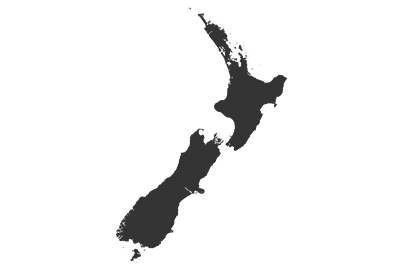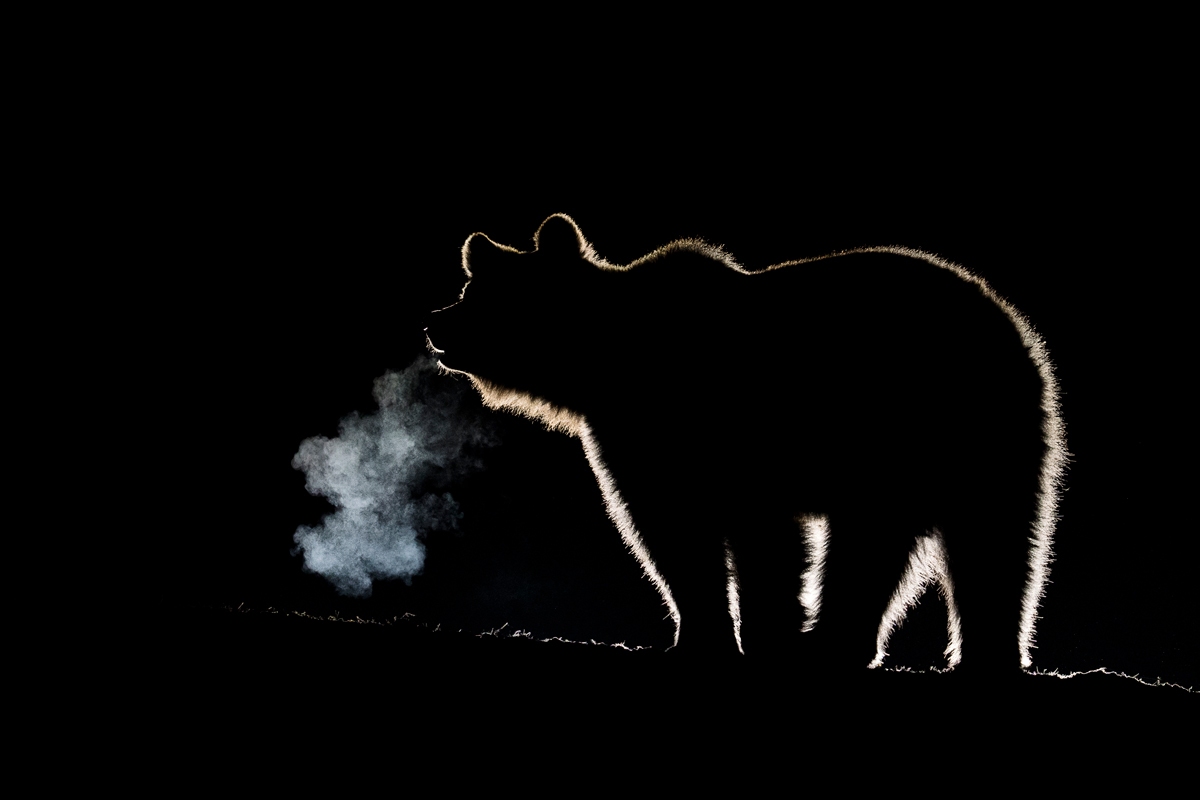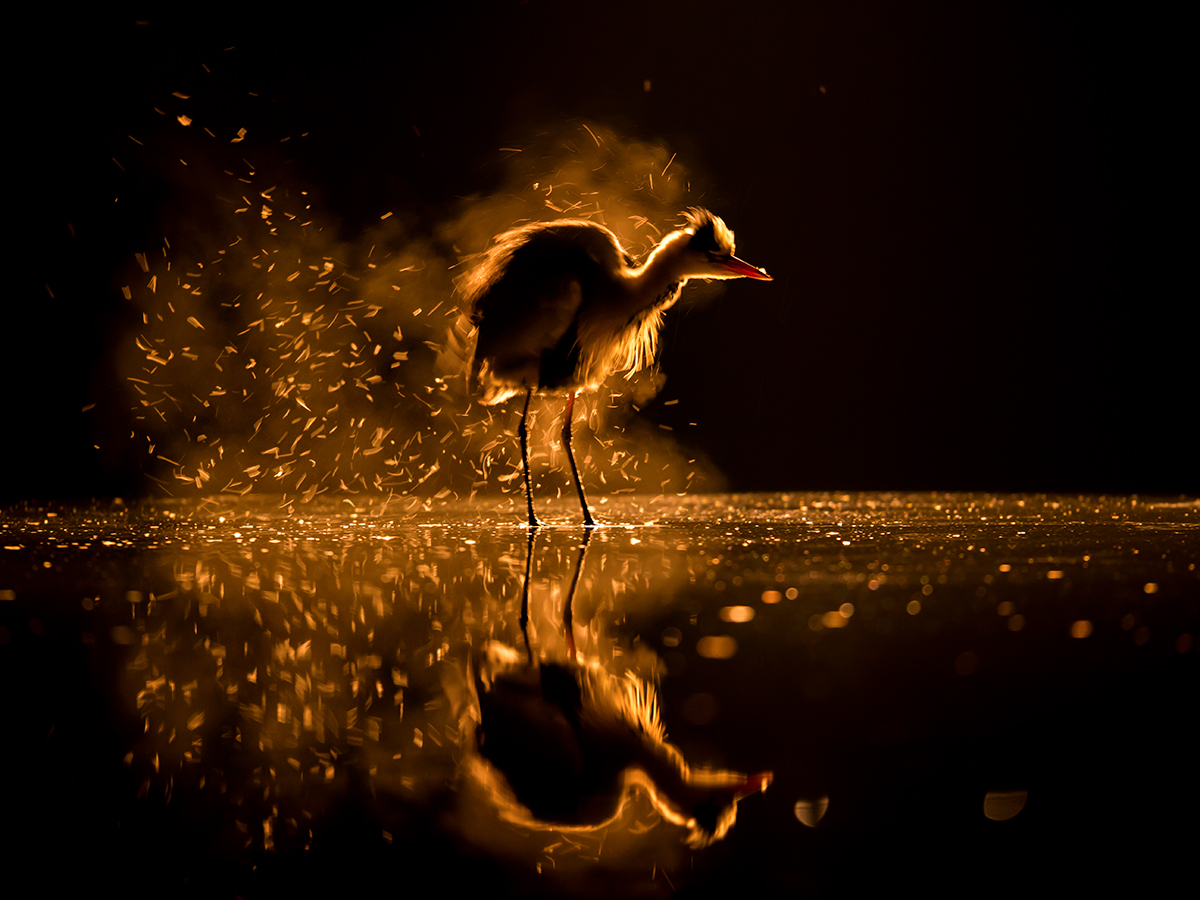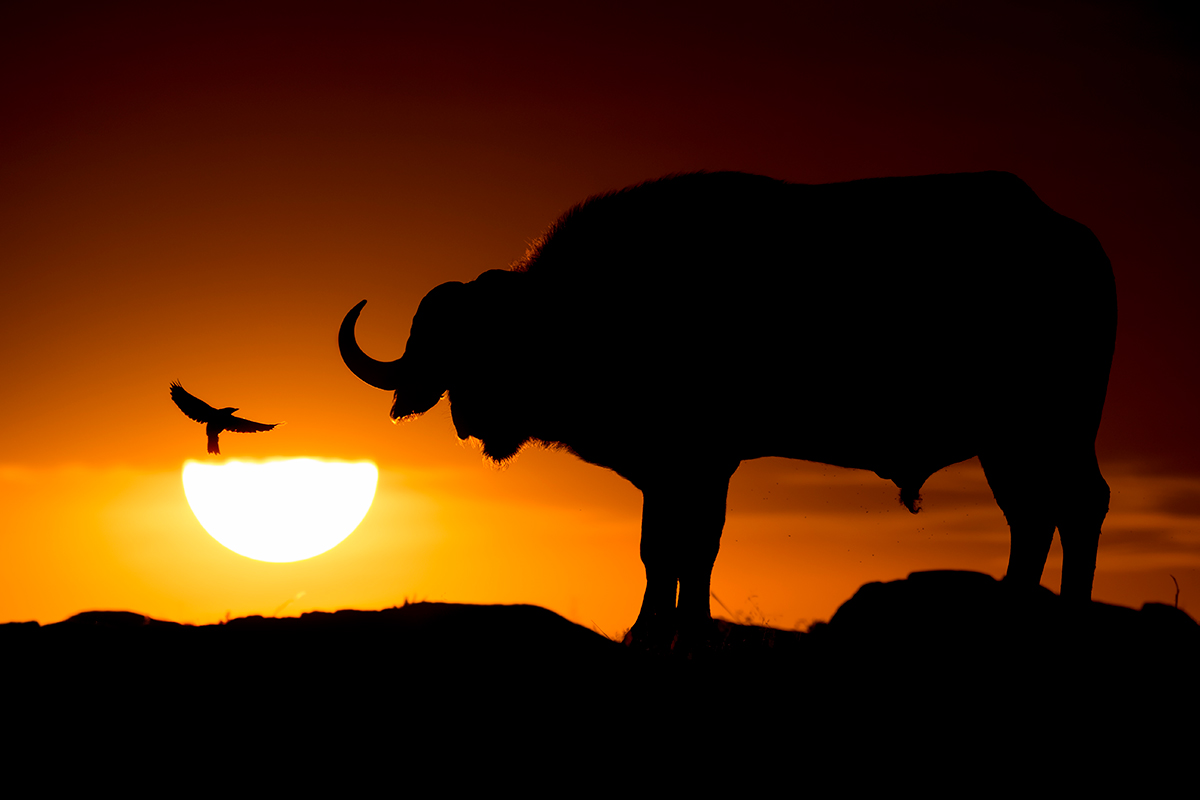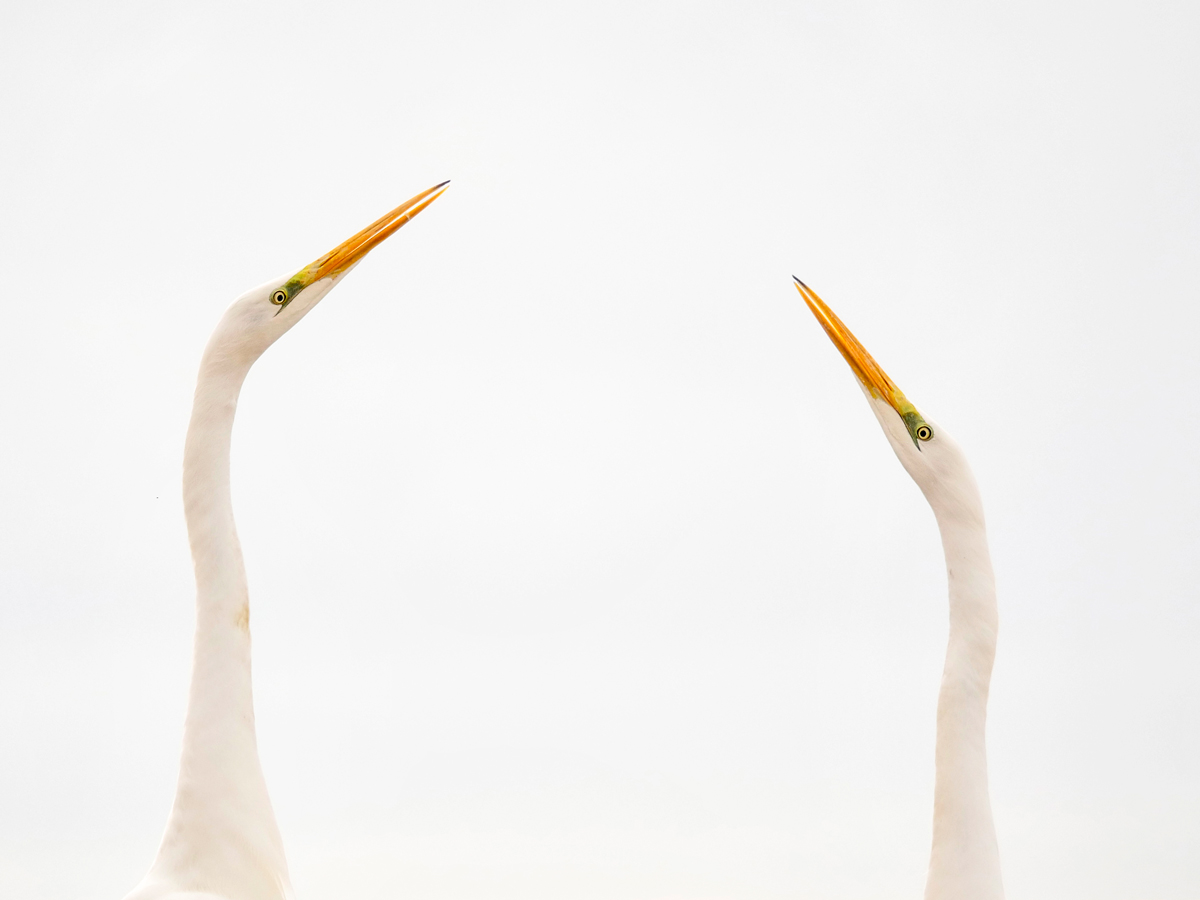
Wildlife photographer Bence Máté has pursued wild animals throughout the world, including Africa. In order to capture the best moments of unpredictable wildlife along with the most beautiful landscapes, you must be familiar with the ecology of each animal and the environment of the shooting location. Using various methods and strategies based on accurate optical calculations, he patiently waits for that moment to arrive behind his trusted tool, the LUMIX GH4/G9. Sometimes it will take a tremendous amount of time. That is why the stories of the animals’ lives dwell in each of the captured photographs.
At the end of the summer, southward bird migration starts in the northern hemisphere. Some birds fly alone to South Africa, traveling more than 1,000 kilometers a day, while others team up into large flocks for a slower journey to North Africa. For example, tens of thousands of European cranes rest in the Carpathian Basin, being an essential sight of the autumn atmosphere. Their presence is very rhapsodic, thus Bence went out for nine straight mornings to that very spot to find a different sight every time. On the most exciting day a white-tailed eagle joined the birds, most of which were scared away almost instantly. Those who remained squeezed together, ruffled their feathers and did their best to look bigger and more intimidating while making excited sounds he had never heard before. Strangely, after the eagle settled onto the branch, the birds did not consider it dangerous any longer; moreover, they left the lake in smaller flocks, flying right into its direction.
Bence caught this moment in the very last moments of the sunlight on his final day in Kenya. When he saw that the giraffes were walking towards an open hilltop around the sunset, he started following them from a decent distance. Then one of them stopped for a brief moment, so he climbed onto the roof of his vehicle to get the best perspective to catch the yellow clouds in the background. He was wearing full Maasai attire which he had bought earlier from a local craftsman. From the corner of his eye, he glimpsed a flock of yellow-billed oxpeckers flying right in the direction of the giraffe he kept photographing. He quickly adjusted the cropping and fortunately managed to catch the moment when the birds landed on the giraffe’s neck.
In the meantime, he heard another vehicle stop behind him, and the passengers would click their cameras frantically. When he turned around, he realized that he was actually the focus of their attention because they thought he was a local Maasai, but in the end his fair complexion made them realize he was just another visitor.
A brown bear growls a warning of his presence to an interloper, his breath vanishing slowly in the windless forest. Brown bears are common visitors to the city of Bӑile Tuşnad, Romania, which is a constant source of conflict between the animals and local people. This phenomenon is due to the high number of bears in the region, encouraged by readily available food in the form of household garbage, particularly waste food. In 2017 Bence helped launch an organization to find a solution to this problem. This image was taken during an ethological observation linked to the project. The light of the lamps positioned behind the hill and the backlight enabled us to see the contours of the bears along with the multitude of insects and water vapours surrounding them. He wants to prove that the presence of these exceptional animals in their natural habitat is a huge privilege, and coming to terms with bears and getting to know them can benefit the community much more than killing them.
Bence has spent more than 400 days photographing birds in his favourite hide. In 2017 he did not even leave the hide for 56 days. These long photo sessions are a good opportunity to catch unique moments which come to realize under some certain conditions only.
Particles like dust in the air, warm breath on a cool day or drizzle usually go unnoticed. This phenomenon can add magic to even the simplest subject matter, such as a grey heron shaking its body to get rid of the dust and mites stuck in its feathers.
Apart from light, well-chosen shutter speed is also essential. During action photography he strives to get the shortest possible shutter speed, except when he expects significant speed difference between the elements of the image, which applies to this photo too, when the bird’s body moved faster than its head, and apart from it everything is a bit blurred, further enhancing the dynamics of the image. While most people raised a glass of champagne for New Year’s Eve, he celebrated the first day of 2018 by taking this image.
A red-billed oxpecker flies towards an African buffalo’s head, in the upper half of the sun which is covered by cloud. For many years Bence has sought opportunities to incorporate the sun into his wildlife images. It is both a photographic and ethological challenge to find the ideal position where the sun, the right subjects and the camera align in a horizontal line which is the most photogenic angle. When shooting such themes, it comes handy to use mirrorless cameras, which – contrary to mirror cameras – protect the eye from harmful rays of the sun. In order to make the sun appear large compared to the animals, he used telephoto lenses with the biggest focal length available, and thus a distance of about 100 meters was needed between him and the buffalo to fit into the viewfinder.
Who’s taller? Great egrets assess each other’s condition with their heads lifted to the skies, wings spread, while stalking confidently about before clashing with their opponents. The principle of equality is essential for a battle.
Bence has spent several years observing these gracious birds in every season. Due to their snow-white plumage, photogenic posture and elegant appearance there is hardly a non-photogenic moment with them. As the great egret populations were killed for their plumage for a long time, so they are so shy that such close-ups can only be taken from hides equipped with one-way glass windows. The rules of wildlife photography worked in this case too: He was truly effective after he became familiar with their behavior, paid attention to their body language; hence he foresaw their actions before they happened. This can be very helpful in the unpredictable world of wildlife photography.

Bence Máté
Bence Máté is one of the World's most well known wildlife photographer. He pioneered the one-way glass photography technique now popular among hide-based nature photographers around the world. In 2010, his image ‘Marvel of Ants’ won the prestigious BBC Wildlife Photographer of the Year grand title, making him the only contestant to date to win the grand title prizes in both the young and adult categories of the competition. He is the first participant who leeds all the ranking list if the BBC competition at the same time. Since 2008 he has been designing exclusive wildlife photography hides around the world.


